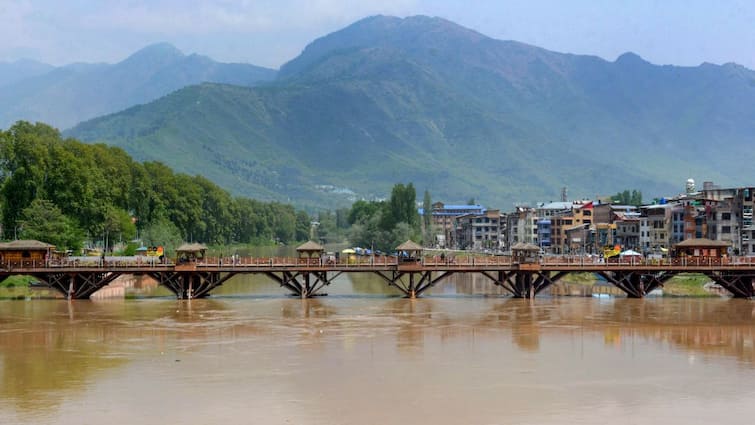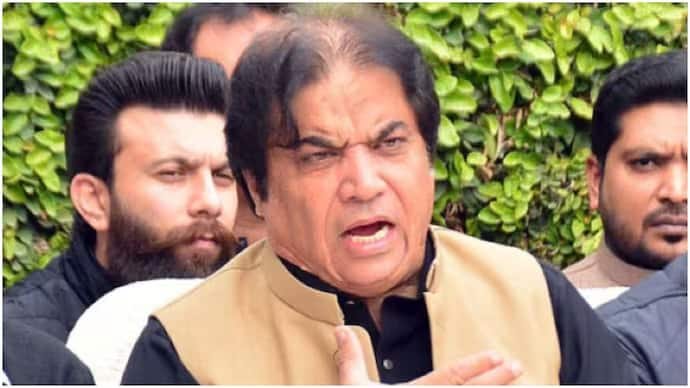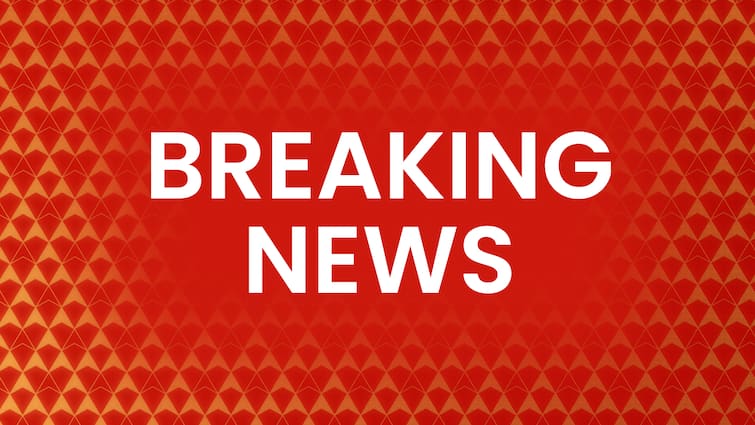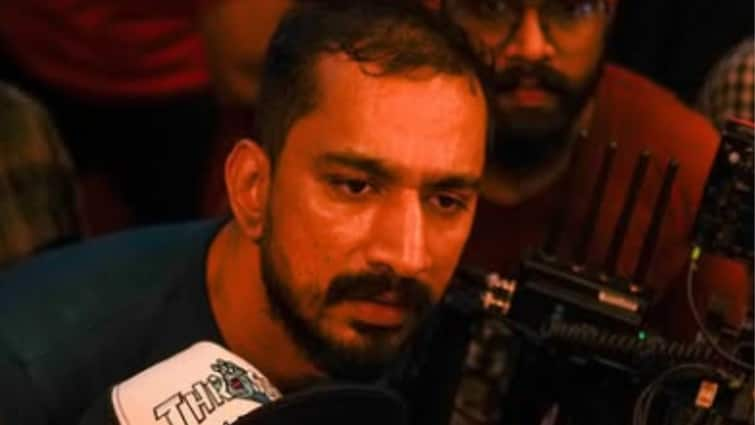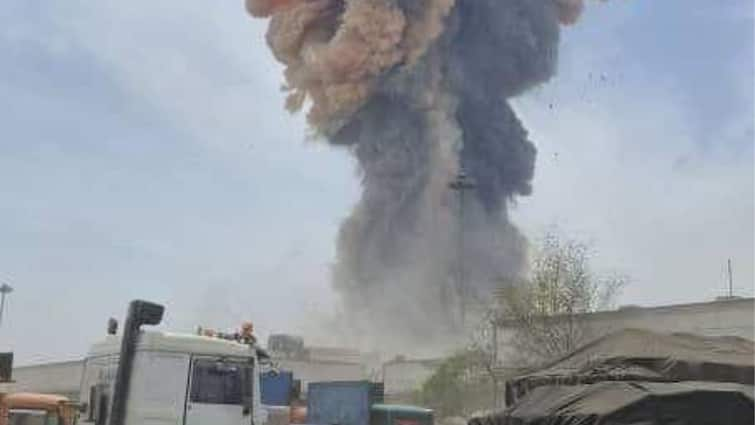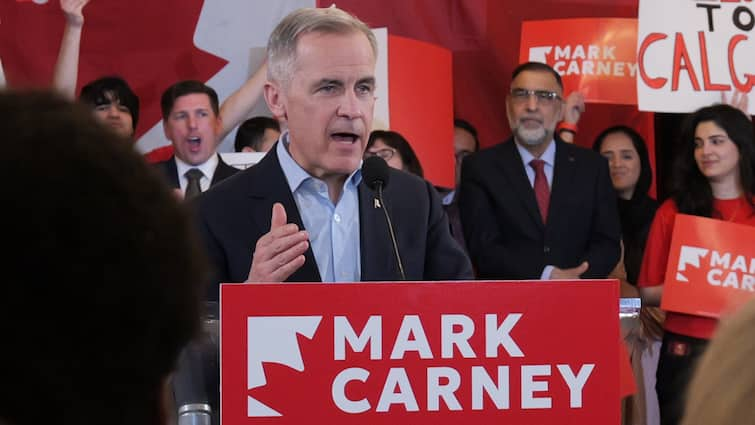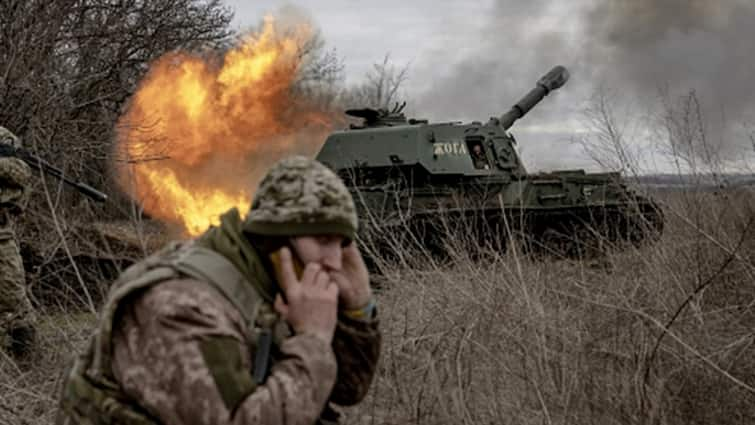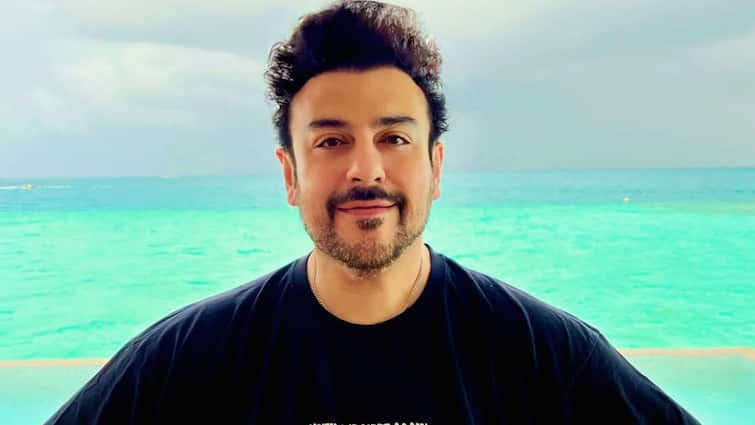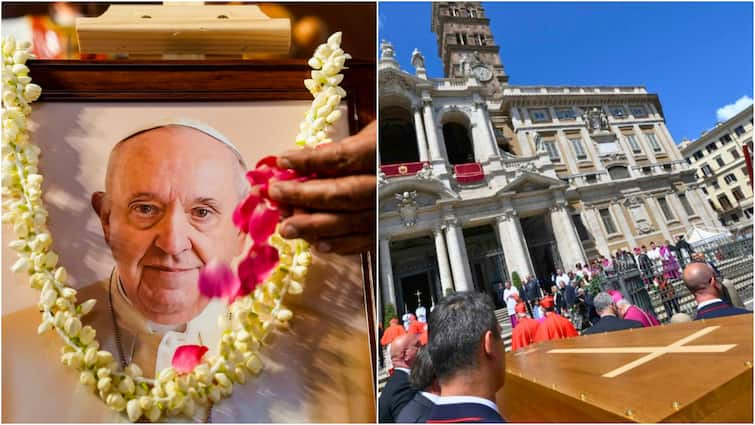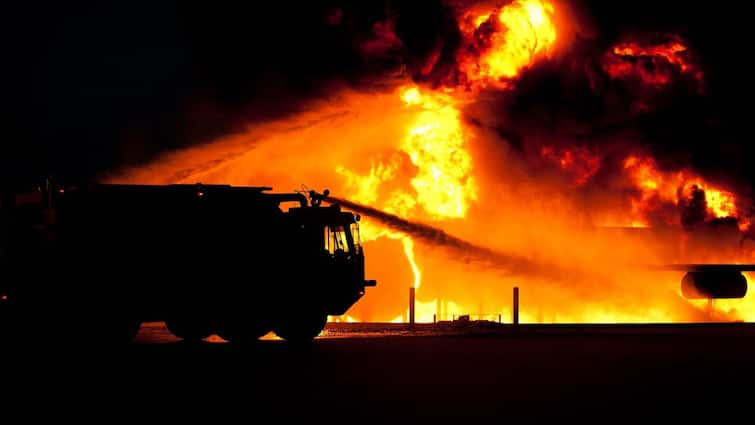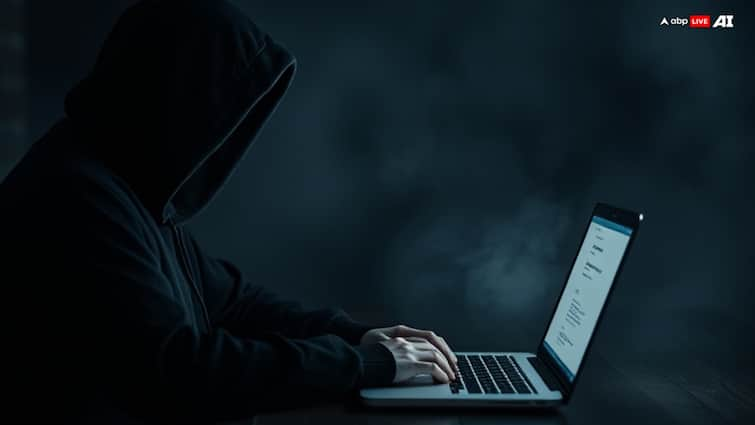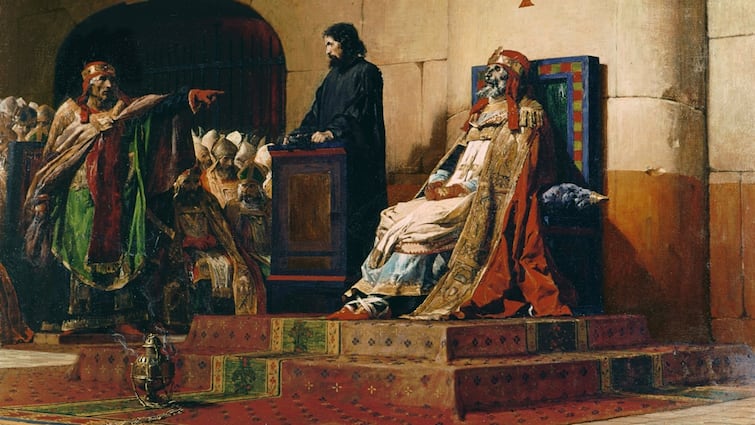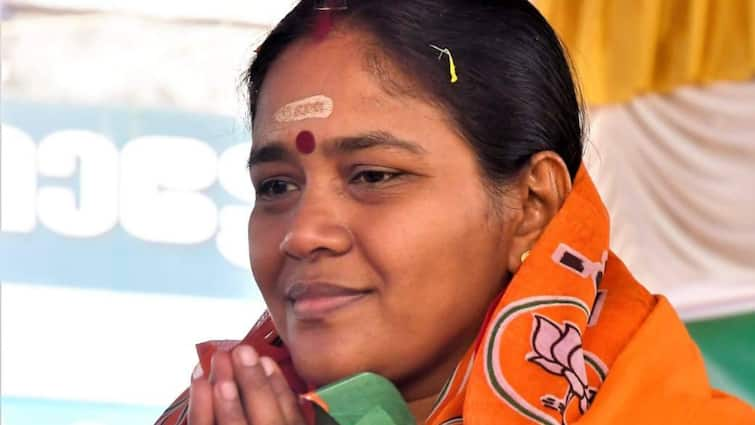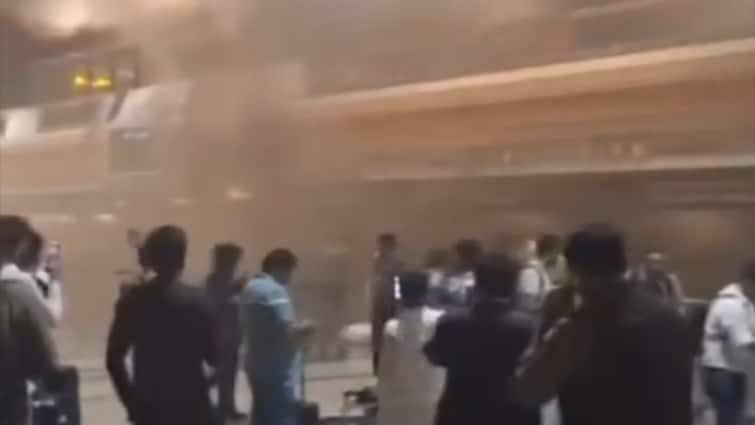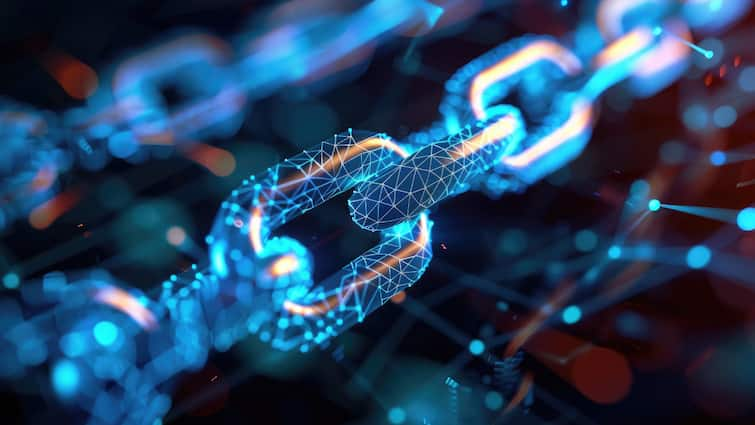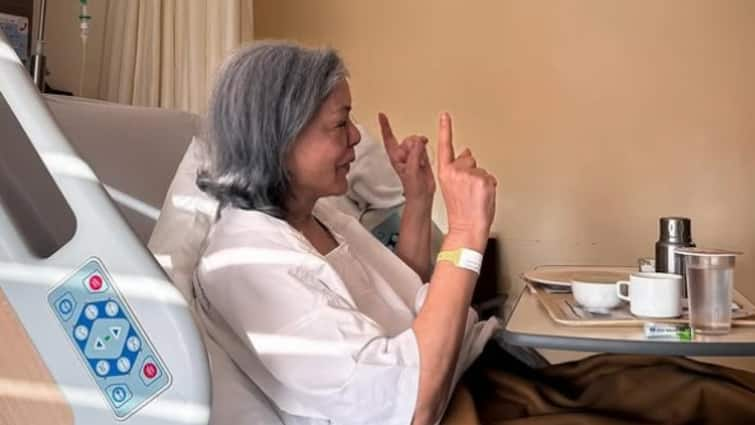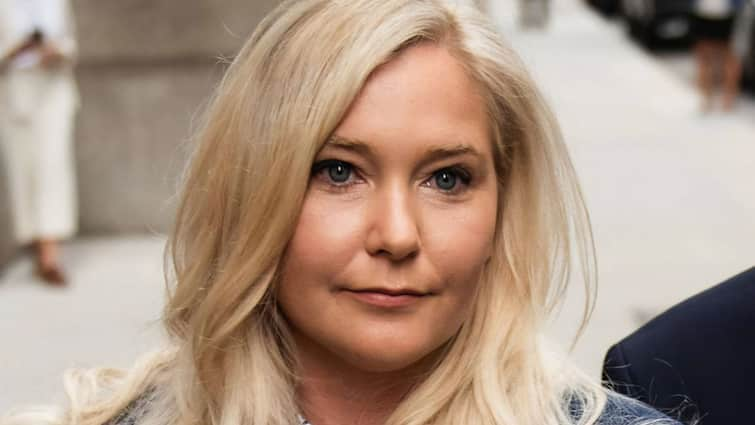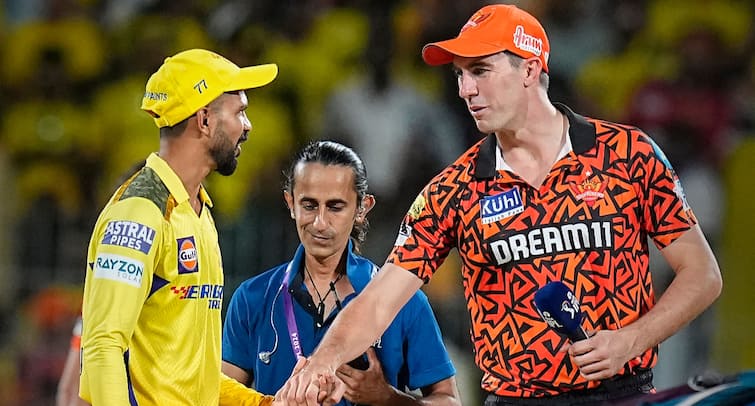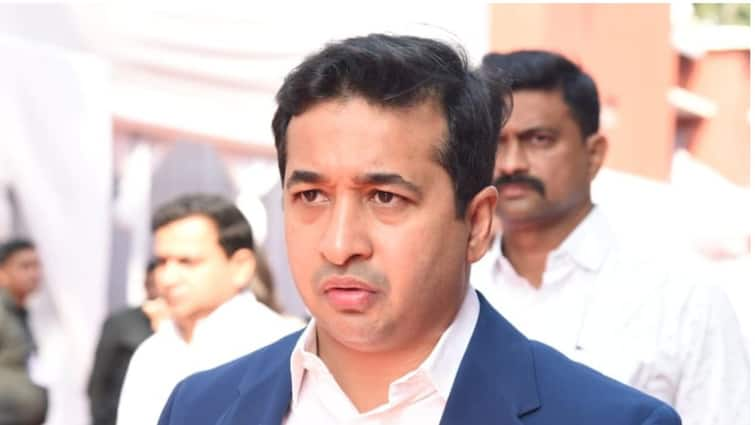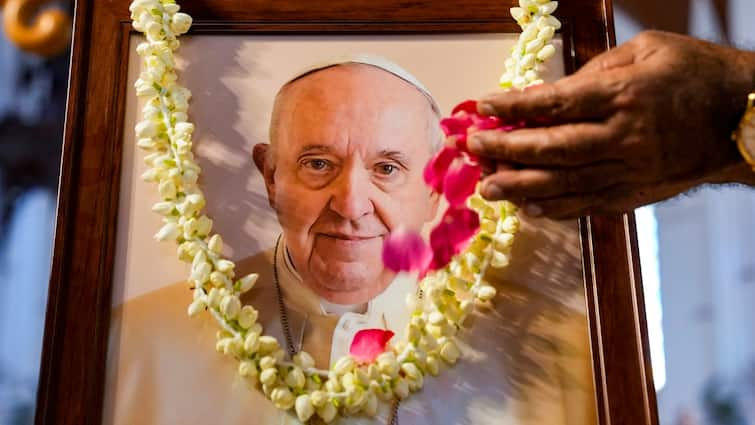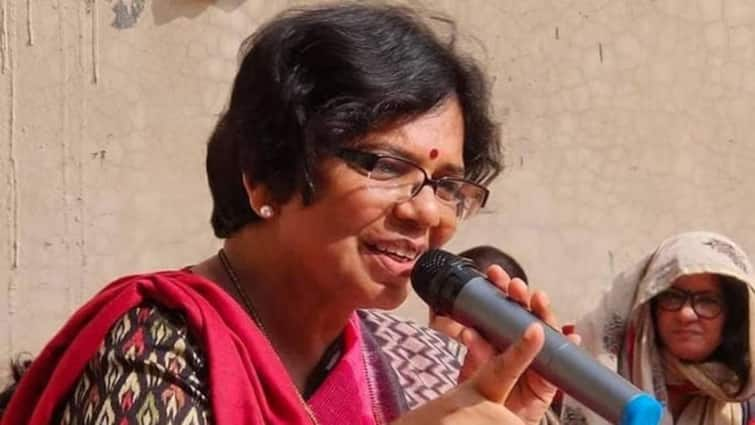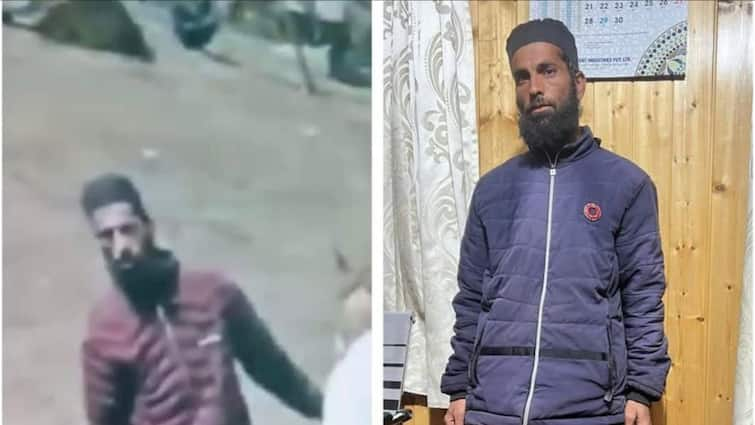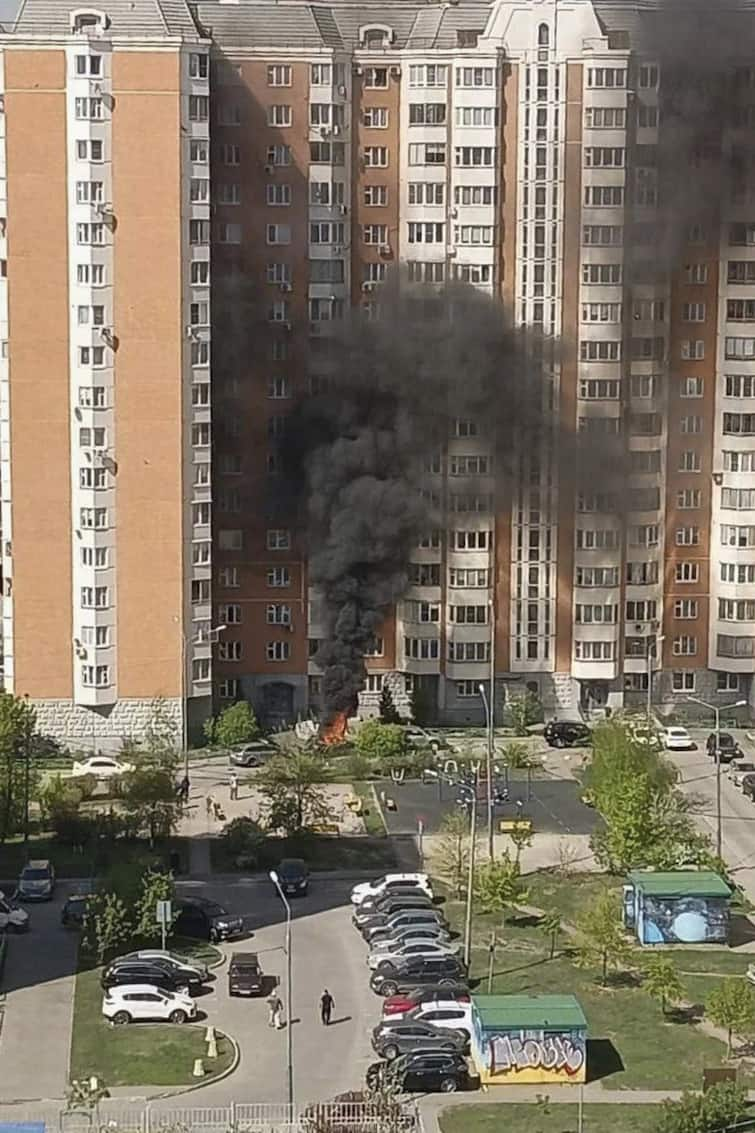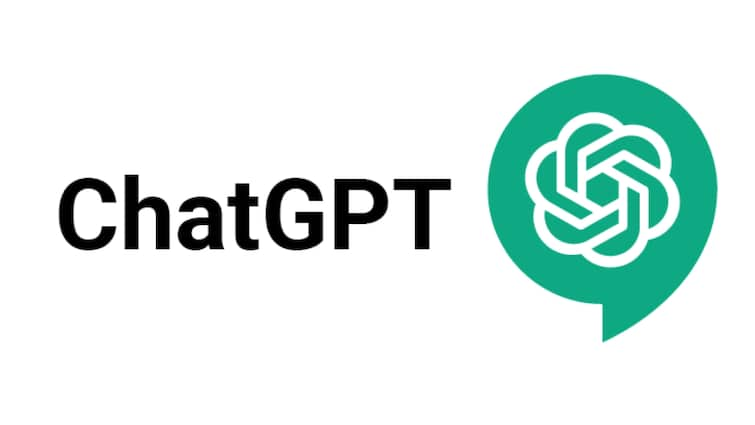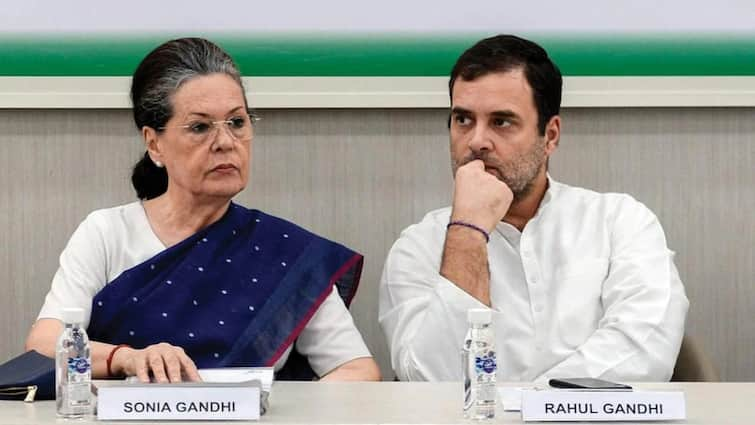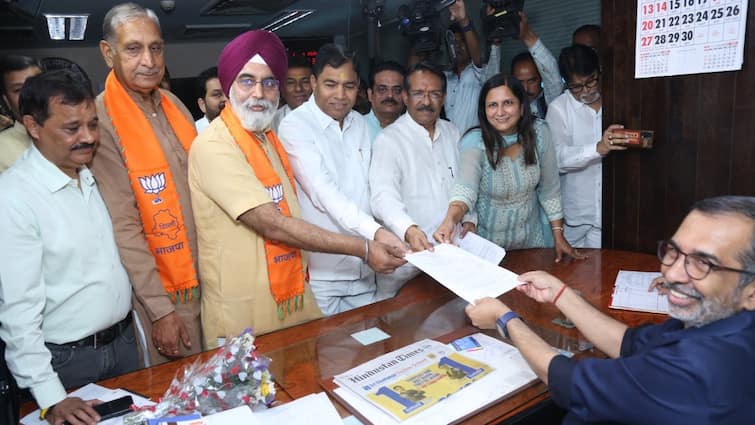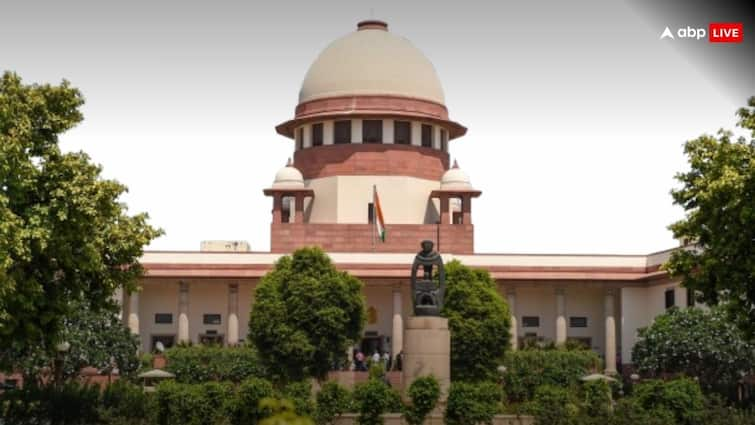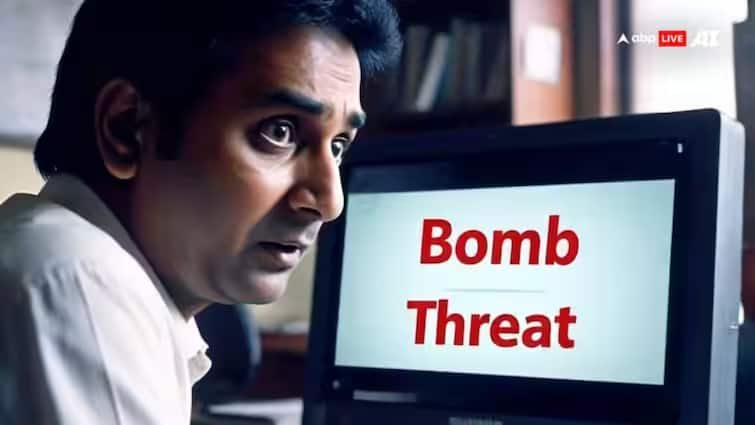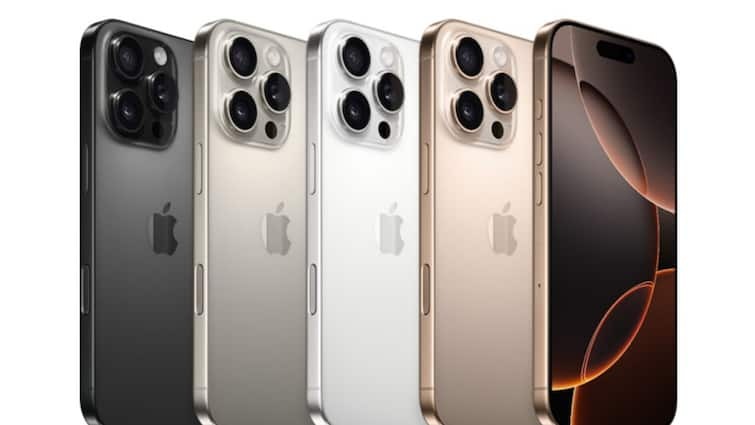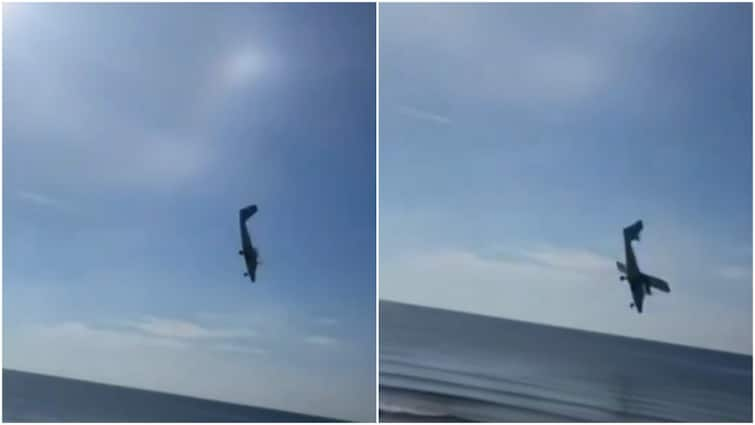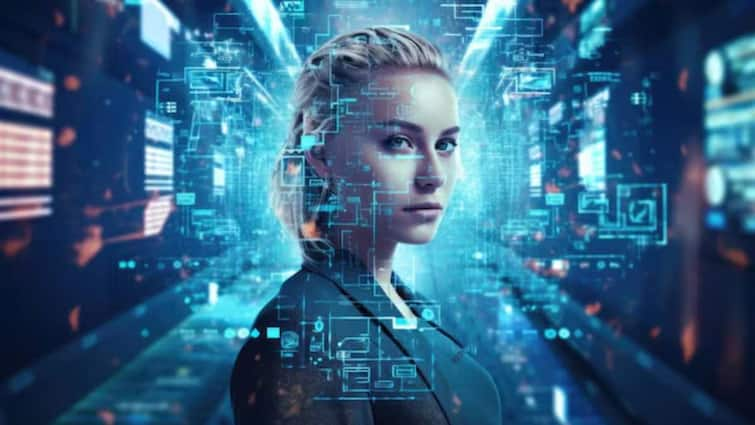
By Ankush Tiwari
“Hold your hand in front of your face,” the interviewer requested, curiously examining the visuals. The screening call took an unusual turn when he suspected manipulation in the video of a job candidate. It’s not uncommon for candidates to use filters to hide the messy background, say a restless dog or a cluttered bedroom. But this seemed different because the face blurred as the candidate moved.
When the request went unheeded the second time, the interview was swiftly ended. It was not an innocent filter but an elaborate deepfake generated by AI. HR leaders and job recruiters are increasingly running into deepfake candidates with various facial characteristics and assumed identities posing as job seekers.
As per a recent article by Fortune, an information security company based in the US encountered a similar problem first-hand, as hiring officers reported hearing weird noises and tonal irregularities when interviewing for remote-only positions.
To analyse the extent of fakery, they posted a job listing for a senior back-end developer role. The result: out of eight hundred odd applications, about 100 of them were fake. The statistic isn’t an outlier. A survey of 1000 hiring managers across the US by Resume Genius revealed that 17% of them have encountered candidates using deepfakes to alter their video interviews.
While 8 in 10 hiring managers are looking for AI-related skills when hiring, AI itself is tricking hiring managers with deepfakes.
It’s not just the corporate sector where deepfakes are surging. Bollywood actress Radhika Madan recently faced a wave of online rumours after her deepfake video went viral. The actress had to respond to the AI content that claimed she had a plastic surgery.
The bigger the name, the more likely a celebrity will be deepfaked. PM Modi once disclosed in an interview that Amitabh Bachchan had trouble sleeping at night after his deepfake video went viral. The higher the brand value and credibility of a public personality, the more likely that celebrities will lose sleep if their life’s work and name get tarnished by deepfakes.
The list of people affected by deepfakes in India extends to the big names across industries; from corporate tycoons like Ambanis and Murthy’s, journalists like Rajat Sharma, politicians like PM Modi and Amit Shah, Cricketers like Virat Kohli & Shubman Gill, Actresses like Rashmika, Kareena, Alia and Samantha. The common man in India is not safe either, as the middle class is frequently getting ripped off in the name of digital arrest despite government efforts at creating awareness.
Surge Of Deepfake Detection Tools
“The true creator is necessity, who is the mother of invention,” wrote Benjamin Jowett while translating Plato’s Republic.
As deepfake scams surged, the AI world created a parallel ecosystem of fighting the excesses of AI with AI. Deepfakes detection tools mushroomed in the startup network to fight fire with fire and uncover deepfakes before they could damage the credibility of human beings and IT systems.
Broadly, there are three types of approaches to detecting AI usage:
- Artefact analysis
- Liveness detection
- Behavioural analysis
When an AI detection tool detects perfect repetition, which real humans are largely incapable of, like identical face movements, gestures and voice-modulation, its detection is based on artefact analysis. When an AI tool introduces liveness detection like asking randomly to blink, speak something or do something, it’s based on liveness. Live test of liveliness is most common on online identification systems like VKYC. Behavioural analysis includes learning from previous usage patterns to detect if there is unusual user activity, keyboard strokes, high speed of answering complex questions, navigation, geolocation and context of the digital interaction.
Deepfake detection tools rely on actively analysing human behaviour vs machine response to create a probabilistic assessment of whether a particular digital media is real or a deepfake. While the number of startups and Big Tech giants offering deepfake detection tools is growing, sophisticated deepfakes are constantly being developed by AI startups to hoodwink deepfake detection tools. The Global deepfake detection market is estimated at US$ 114.3 million in 2024 and is expected to grow at a CAGR of 47.60%.
(The author is Founder & CEO, pi-labs)
Disclaimer: The opinions, beliefs, and views expressed by the various authors and forum participants on this website are personal and do not reflect the opinions, beliefs, and views of ABP Network Pvt. Ltd.
Doonited Affiliated: Syndicate News Hunt
This report has been published as part of an auto-generated syndicated wire feed. Except for the headline, the content has not been modified or edited by Doonited



